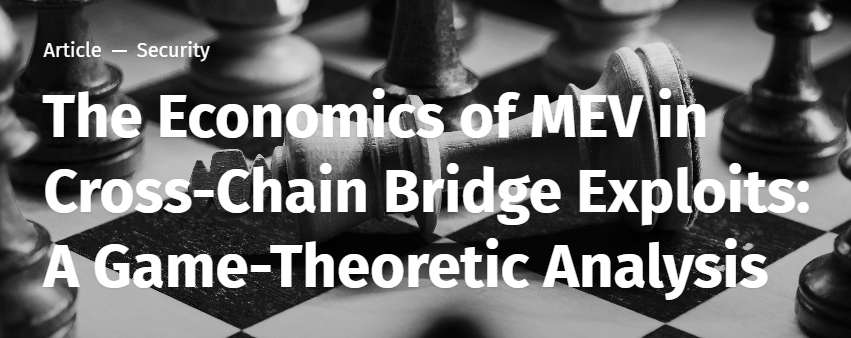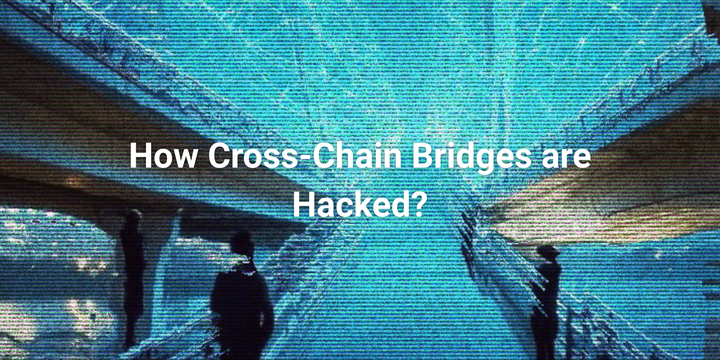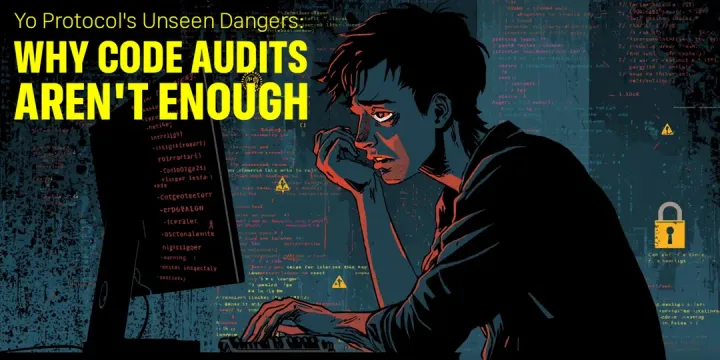Cross-Chain Bridge Hacks: The Secret MEV War That Profits Millions

Source: The Economics of MEV in Cross-Chain Bridge Exploits: A Game-Theoretic Analysis
What Happens When Bridges Break?
When a blockchain bridge is exploited, the fallout ripples across multiple chains, triggering a complex and intense competition among MEV bots, validators, traders, and arbitrageurs. This isn’t a simple hack; it’s a strategic arms race where success goes to those who best understand and anticipate the rapidly evolving game.
How Cross-Chain MEV Extraction Works
- Initial Exploit vs. Copycats: The bridge attacker grabs a large sum, but often the real profits go to hundreds of followers who launch copycat attacks or exploit secondary opportunities. For example, after the $190M Nomad hack, the original thief took $36M, while copycats earned between $100 and $10M each.
- Market Chaos Creates Opportunity: Exploits shatter usual market balances, opening brief windows where normal rules of DeFi don’t apply - a playground for skilled actors.
Key Drivers of the Chaos
1. Price Divergence: Tokens linked by bridges suddenly trade at vastly different values across chains. During the July 2023 Multichain exploit, bridged USDC dropped to $0.60 on affected chains while staying $1.00 on Ethereum. Opportunists profited by shorting, buying cheap tokens on one chain, and redeeming full value later.
2. Liquidity Imbalances: One chain may flood with sell pressure as funds drain out, while another remains stable, creating arbitrage chances. The Wormhole hack triggered such imbalances between Solana and Ethereum.
3. Oracle Delay: Price oracles update slowly (every 0.5% movement or about an hour), so DeFi protocols may price assets incorrectly for 30-60 seconds, letting fast players cash in before corrections happen.
Who Are the Players?
- Arbitrageurs quietly exploit token price mismatches across chains, requiring heavy capital, tech infrastructure, and pre-positioned funds.
- Liquidation Snipers wait for loans to become undercollateralized after price crashes, then capture lucrative liquidation rewards across multiple protocols.
- Validators control transaction ordering, collecting huge MEV bribes (sometimes over $100,000 per block) to maximize gains from reorderings during chaos.
- Gas War Warriors engage in fierce bidding wars with gas fees soaring to thousands of gwei, willing to pay thousands of dollars per transaction for a shot at millions in profits.
The Game Theory Behind the Madness
- First Mover Paradox: Being first is profitable but dangerous-front-runners copy and outbid early transactions. Some bots submit fake "honeypots" to bait rivals and profit from their predictable behavior.
- Prisoner’s Dilemma: Bots would benefit from cooperation to avoid destructive gas wars, but mistrust ensures fierce competition, leading to most participants losing money on gas while a few winners take all.
- Zero-Sum Stakes: Only one player wins per opportunity; gas wars and liquidation races mean others pay fees with no gains.
Three Strategic Archetypes
- Distance Players: Avoid direct fights, focusing on second-order effects like smaller lending protocols for steadier, moderate profits ($10k-$100k per opportunity).
- Direct Competitors: High-risk, high-reward players who invest millions and infrastructure to win gas wars and arbitrage (profits from $100k to $1M per win).
- Infrastructure Players: Validators and block producers who monetize structural advantages, collecting steady slices (5-15%) of all MEV activity with minimal risk.
The Bottom Line: Profits, Risks, and Inequality
- Total cross-chain MEV from major exploits can reach $50-200 million.
- Roughly 60% of gains go to infrastructure players; 25% to direct competitors; 15% lost in failed gas battles.
- Profit distribution is highly unequal; a few elite players take millions, while many lose their gas fees.
Final Thoughts: The Invisible and Brutal Battle
When a bridge exploit hits headlines, remember that a hidden, multi-chain chess game unfolds behind the scenes. While the initial hacker might claim millions, an army of MEV bots, liquidators, validators, and traders deploy sophisticated strategies in seconds to extract comparable or greater profits. Most lose, but the few winners are those who master the interplay of speed, capital, infrastructure, and psychology - often striking before anyone even sees their move coming.


